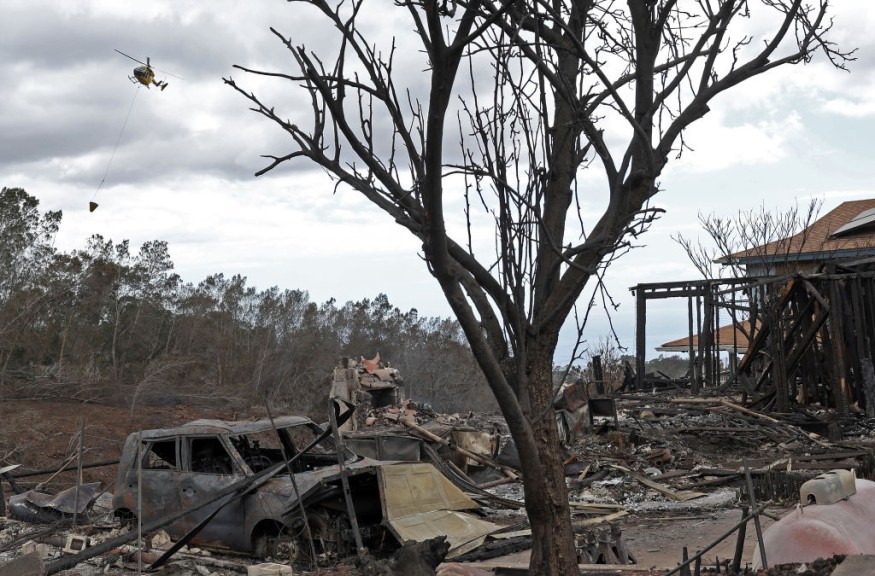Rescuers worked 24/7 to address and contain the deadly wildfires in Maui. The deaths are now at 99, and it is expected to increase.
But the Maui incident is not the first time a wildfire has become fatal as the country recorded the deadliest wildfires in history
The country's dry conditions and extreme temperatures can unleash deadly wildfires fanned by climate change and strong winds.
Extreme fires can affect communities, people, wildlife and biodiversity. It takes time to restore affected areas, especially the deaths of loved ones and animals.
In the U.S., intense heat is considered deadlier than natural disasters, including hurricanes and tornadoes. It can become more challenging if people experience intense fires.
The latest wildfires in Maui

The Maui wildfires are one of the deadliest in U.S. history. The death toll has already reached 99 as of writing, and more casualties are expected, according to reports.
Rescuers and firefighters worked together to extinguish the massive fires in Maui as search and rescue helped stranded and affected residents.
Although some areas have been under control, there are still areas that are raging.
The aftermath of the wildfires showed burned forests and communities. Authorities recovered at least 20 cadavers of dogs, while search and rescue canines have only scoured 3% of the search area.
According to Gov. Josh Green, about 500 hotel rooms were available sa shelters for affected residents.
The Peshtigo Fire in Wisconsin on October 8, 1871
The National Fire Protection Association reported that the Peshtigo Fire in Wisconsin had a death toll of 1,152. Peshtigo became a home for at least 2,000 people, with some structures built with wood.
Based on reports, the area had pine forests, and the dry conditions and challenging winds helped to unleash the deadly fires in the region.
Cloquet and Moose Fire on October 10, 1918
In 1918, deadly bushfires emerged in Northern Minnesota, killing at least 453 people. The fire affected nearby towns in Cloquet and Moose Lake.
The dry conditions and troublesome winds caused to emerge the destructive fires.
Also Read : Maui Wildfires Considered As Largest Natural Disaster With Death Toll Reaching 80; 2,170 Acres Put To Ashes
The Great Hinckley Fire on September 1, 1984
The National Fire Protection Center recorded the third deadliest fire in U.S. history, the Great Hinckley Fire, on September 1, 1984. The fire killed at least 418 people.
The Minnesota Department of Natural Resources said that the Hinckley fire 1984 burned at least 350,000 acres, killing even pets and livestock in the affected areas.
Other deadly fires recorded in U.S history are the following, according to NFPA.
- Thumb Fire (Michigan) in September 1881 recorded 282 fatalities.
- The Great Fire (Idaho, Montana) in August 1910 recorded 87 fatalities.
- The Camp Fire (California) in November 2018 recorded 85 fatalities.
- The Yacolt Burn (Washington, Oregon) in September 1902 recorded 65 fatalities.
Important tip
Homeowners in the affected areas should immediately evacuate or look for the nearest shelters when wildfires emerge, as time is crucial.
Related Article : Maui Wildfire Death Toll Now at 53, Expected To Rise
For more similar stories, don't forget to follow Nature News.
© 2025 NatureWorldNews.com All rights reserved. Do not reproduce without permission.





